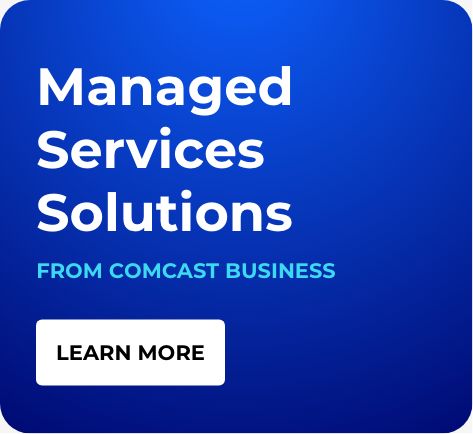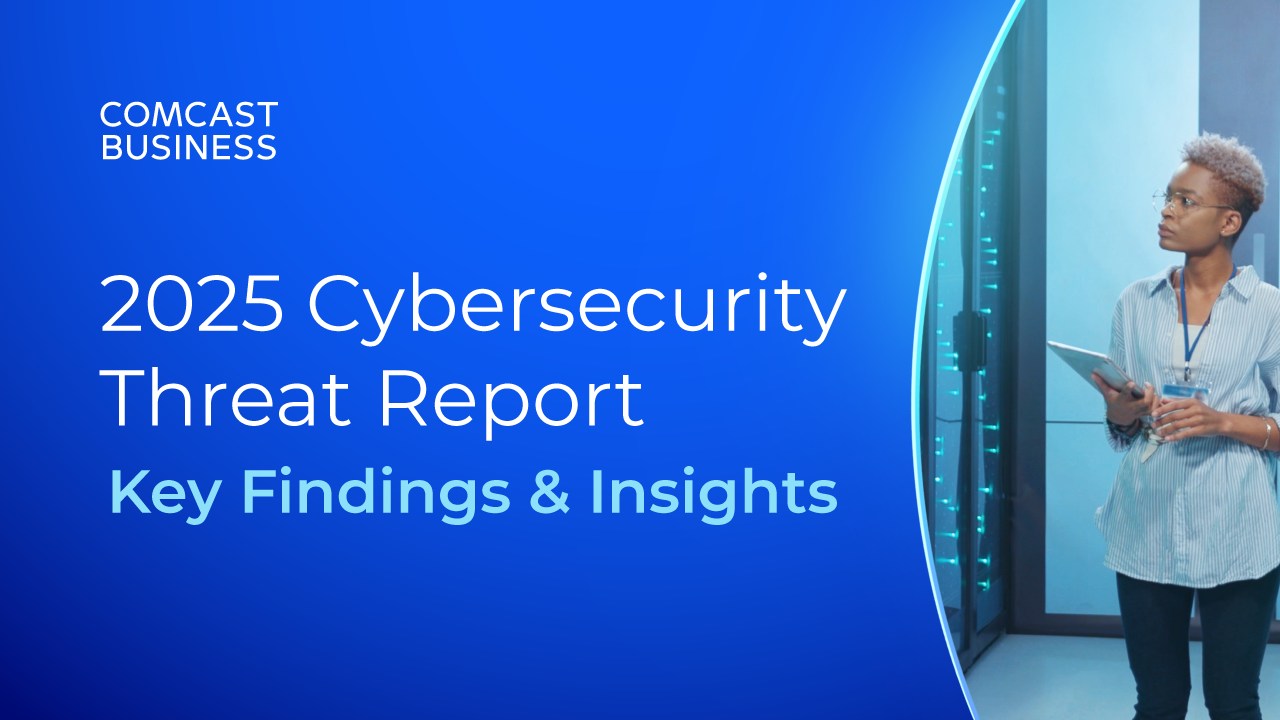The Strategic CIO: Proud, Accomplished and Burdened with Choices

While today’s CIOs typically enjoy a highly strategic role within the enterprise and a prized position on the CEOs’ executive teams, that distinction comes with a price.
You must deliver a high quality customer and employee experience, allocate capital to maximize productivity, and realize the advantages of new technology – all while optimizing a budget with no to low-single-digit growth. You face difficult decisions that will impact the business. Is it better to own the data center, opt for a third-party provider, or migrate IT functions to the cloud, and not simply a cloud, but a public, private or hybrid cloud. How can you best accommodate, or better yet, maximize, the opportunities of the Internet of Things and the bring-your-own-devices trends? Are you more comfortable connecting through the public Internet, a private network, or a hybrid of the two?
With so many questions to ask and choices to make, there fortunately are just as many options to help deliver the services and value you are expected to contribute to help achieve your company’s core business goals. With such weighty responsibilities and choices, what’s keeping many of today’s CIOs awake at night? A 2014 CIO Magazine survey revealed that 54 percent of respondents indicated that you want to spend more time driving business innovation; 45 percent said you want to spend more time developing and refining business strategy; and 41 percent pointed to identifying opportunities for competitive differentiation. Those ambitions are a far cry from just 15-20 years ago, when the typical CIO was focused primarily on choosing the right servers and configuration for the data center, which most likely was an on-premise facility.
Clearly, CIOs have come a long way on the strategy and respect-for-the-position spectrum, and along that journey, you have amassed a heavily loaded plate of market offerings competing to help you succeed, and a much weightier voice from the rest of your business colleagues when it comes to spending decisions. Still, how do you choose among the myriad of offerings when you typically are hamstrung with the reality that 79 percent of your budgets are likely to be consumed by infrastructure and essential software? How can you effectively address the new complexity of the IT landscape and free up priorities to focus on strategic initiatives without substantially growing your staffs or budgets?
Many CIOs are choosing Managed Services to outsource from one to many IT functions, including security, connectivity, WiFi, voice and more. Others are selectively, and cautiously, moving some applications to the cloud, or choosing the “as a service” model for software (SaaS), platform (PaaS) or infrastructure (IaaS). All have their benefits, and naturally, all have their naysayers.
Whatever the strategy, regardless of the choices, it’s a well-recognized reality that CIOs today have earned a much more strategic, business-focused role throughout the enterprise. For that, you must feel a great sense of pride and accomplishment.
While today’s CIOs typically enjoy a highly strategic role within the enterprise and a prized position on the CEOs’ executive teams, that distinction comes with a price. You must deliver a high quality customer and employee experience, allocate capital to maximize productivity, and realize the advantages of new technology – all while optimizing a budget with no to low-single-digit growth.
Locked Content
Click on the button below to get access
Unlock NowOr sign in to access all content on Comcast Business Community
Resource Center
Learn how Comcast Business can help
keep you ready for what's next.











